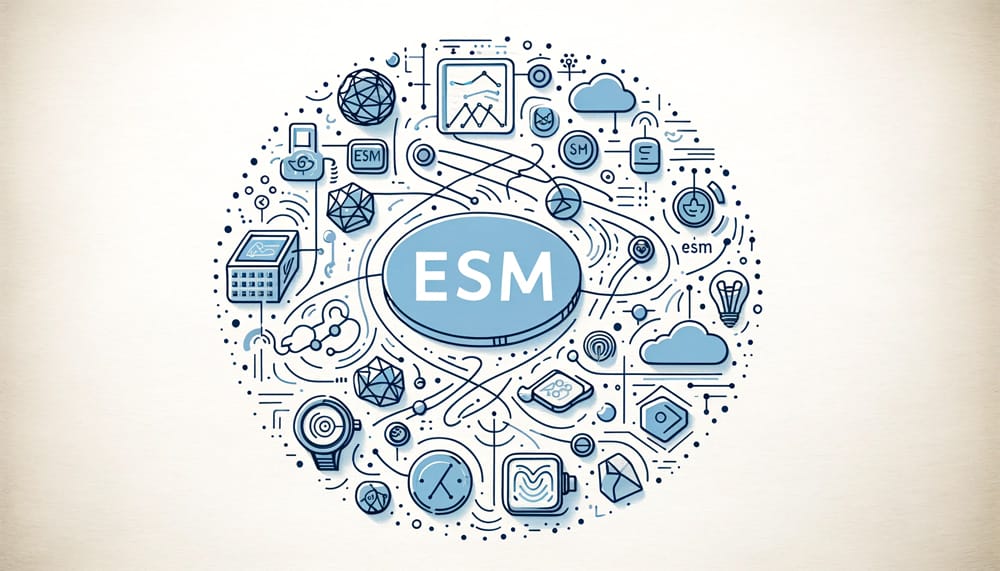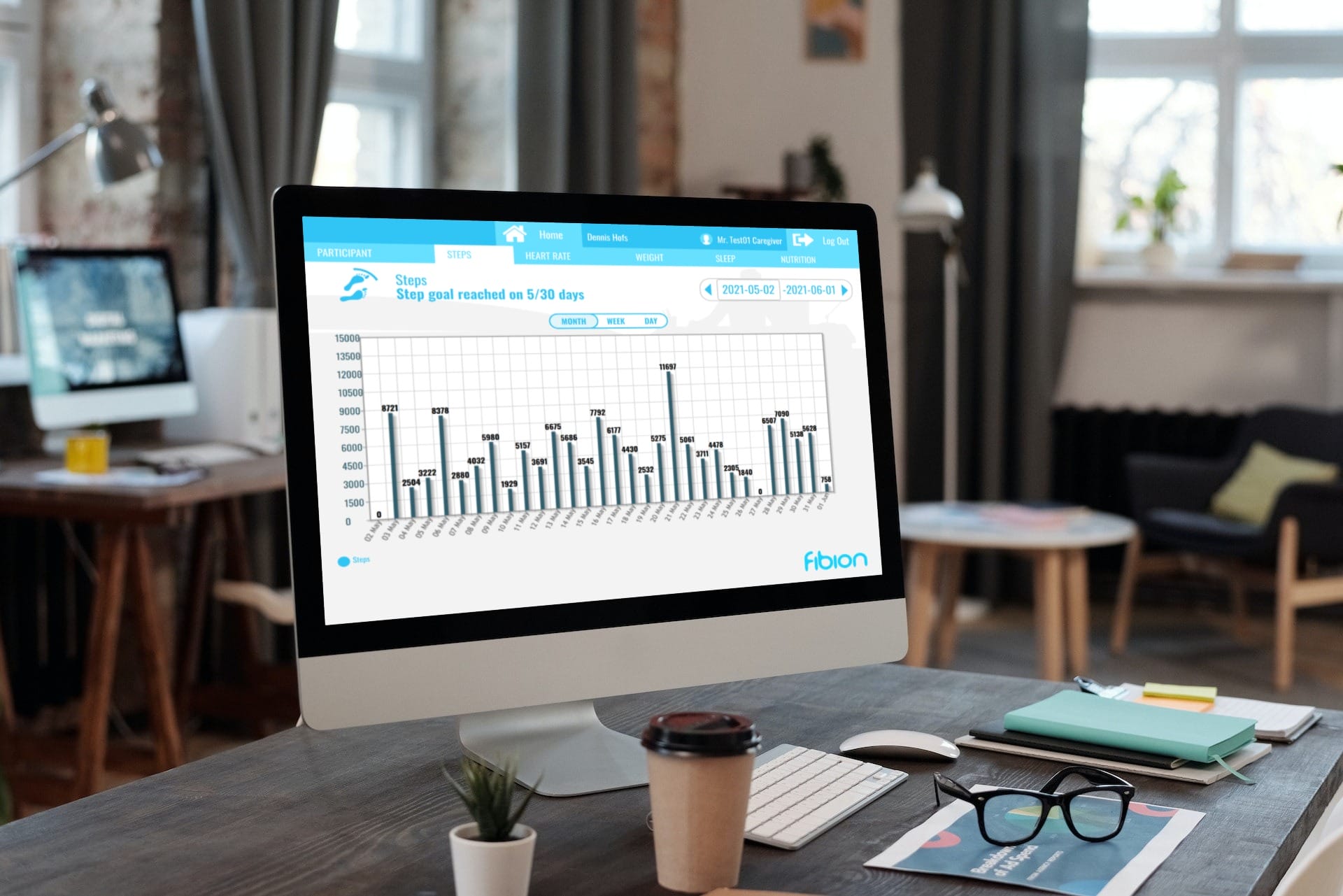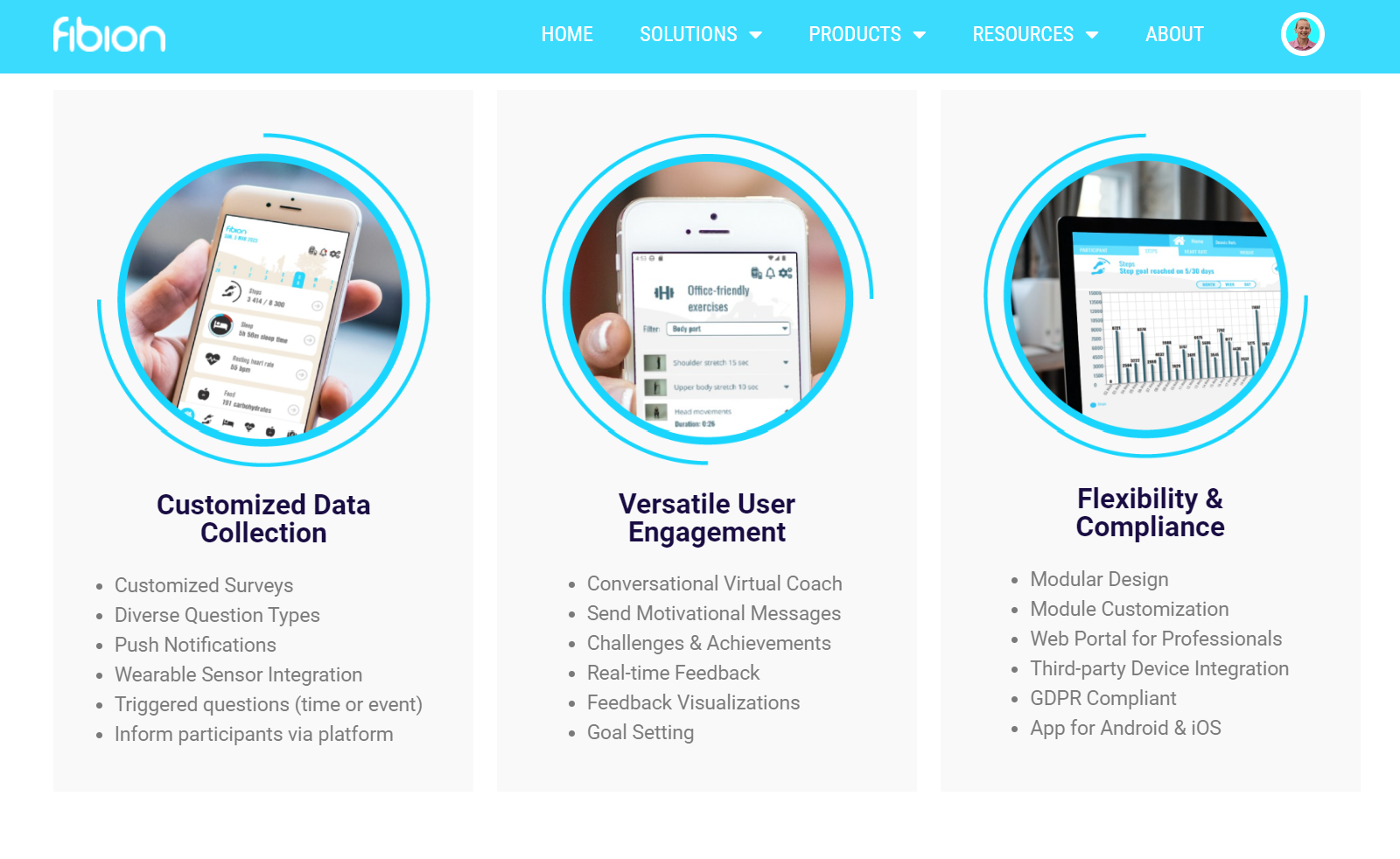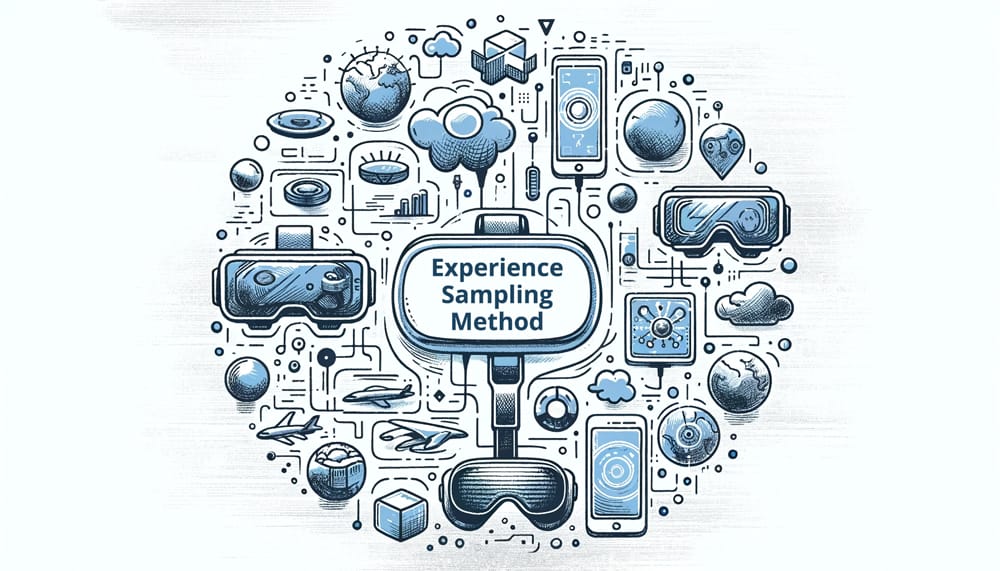1. Introduction
In the quest to understand and mitigate the health risks associated with sedentary behavior, researchers have traditionally relied on objective measures such as accelerometers to track physical inactivity. While these tools offer valuable quantitative data, they fall short in capturing the subjective experiences and contexts that contribute to sedentary lifestyles.
Enter the Experience Sampling Method (ESM), an innovative approach that promises to fill these gaps by providing real-time, contextual insights into sedentary behavior. For further insights into the foundational aspects of ESM, Introduction to Experience Sampling Method (ESM) provides a comprehensive overview.

ESM enables researchers to collect data directly from participants at random intervals throughout the day, asking them to report on their current activities, emotional states, and environmental settings. This method not only complements the objective data collected by accelerometers but also enriches it, offering a more comprehensive understanding of sedentary behavior.
“Combining the Experience Sampling Method with traditional accelerometer studies opens new avenues in sedentary behavior research, allowing us to explore the ‘why’ behind the ‘what.'”
This article introduces sedentary behavior researchers, particularly those not yet familiar with ESM, to the method’s potential and how it can be integrated with accelerometer data to gain deeper insights into sedentary lifestyles.
2. Understanding ESM and Its Application in Sedentary Behavior Studies

The Experience Sampling Method is a research technique that solicits real-time reports from participants about their experiences, behaviors, and environments. By prompting participants to reflect on their current state at random times, ESM captures data that is both immediate and reflective of daily life.
“ESM shines a light on daily life, capturing the moment-to-moment human experiences with real-time reflections.”
Benefits of ESM in Sedentary Behavior Research:
- Rich Contextual Data: ESM provides insights into the psychological and environmental factors that contribute to sedentary behavior, offering clues to its underlying causes.
- Increased Data Accuracy: By reducing recall bias, ESM ensures that the data collected is a more accurate reflection of participants’ actual behaviors and experiences.
- Enhanced Understanding of Sedentary Lifestyles: The method allows researchers to see beyond the numbers, exploring the emotional and situational contexts of sedentary behavior.
3. The Complementary Nature of ESM and Accelerometer Data

Integrating the Experience Sampling Method with accelerometer data creates a symbiotic relationship that enhances the depth and quality of sedentary behavior research. While accelerometers track the quantity of physical inactivity, ESM delves into the qualitative aspects, shedding light on the reasons behind sedentary choices and the feelings associated with them.
“Combining ESM and accelerometer data gives researchers a robust tool to explore sedentary behavior, merging numbers with stories for deeper insights.”
This complementary approach not only provides a fuller picture of sedentary behavior but also paves the way for more targeted and effective interventions.
4. Integrating ESM with Accelerometer Studies

The integration of the Experience Sampling Method (ESM) with accelerometer studies requires careful planning and execution. Here’s how researchers can effectively combine these methods to investigate sedentary behavior:
Designing Your Study:
- Objective and Subjective Measures: Begin by defining clear research objectives that leverage both the objective data from accelerometers and the subjective insights provided by ESM. This dual approach allows for a comprehensive analysis of sedentary behavior.
- Trigger Criteria for ESM Surveys: Establish criteria for triggering ESM surveys based on accelerometer data. For instance, after detecting a prolonged period of inactivity, the ESM system could prompt the participant to answer questions related to their current activity, mood, and environment.
- Survey Content: Design ESM survey questions that are concise, relevant, and tailored to uncover the subjective aspects of sedentary behavior. Questions should be designed to complement the accelerometer data, providing context and insights into the observed patterns of inactivity.
“Combining accelerometer data and ESM insights turns stats into stories, showing the real story behind sedentary behavior and motivation.”

Implementing the Study
- Participant Onboarding: Clearly communicate the study’s purpose and procedures to participants. Ensure they are comfortable with both the accelerometers and the ESM technology.
- Technical Setup: Equip participants with accelerometers and install the ESM application on their mobile devices. Ensure the integration is seamless, allowing for the smooth triggering of ESM surveys based on accelerometer data.
- Data Collection: Collect data over a predetermined period, ensuring that participants respond to ESM prompts in a timely manner. This dual data collection enriches the research findings with both quantitative and qualitative insights.
“Smooth integration and clear communication make participants storytellers, mixing numbers and personal views into deep insights.”
5. Introducing Fibion Insight and Fibion SENS: Enhancing Sedentary Behavior Research

To further advance the study of sedentary behavior, the integration of Fibion Insight, a platform designed for ESM research, with Fibion SENS, an advanced accelerometer, offers a sophisticated solution for researchers. This combination not only streamlines the data collection process but also enhances the analysis and interpretation of sedentary behavior.
Fibion Insight provides an intuitive platform for deploying ESM surveys, allowing researchers to collect real-time, contextual data from participants. Its customizable features ensure that surveys are relevant to the study’s objectives, enhancing the quality of the data collected.
Fibion SENS: Advanced Accelerometer Technology

Fibion SENS delivers precise and reliable measurements of physical activity and inactivity. Its integration with Fibion Insight allows for the automated triggering of ESM surveys based on specific activity thresholds, ensuring a seamless collection of both objective and subjective data.
“The integration of Fibion Insight and Fibion SENS marks progress in sedentary behavior research, providing tools to deeply explore physical inactivity.”
6. Advantages of Using Fibion Insight and Fibion SENS

This innovative approach to sedentary behavior research provides several key advantages:
- Comprehensive Data Collection: Combines objective measurements of sedentary behavior with subjective insights into the psychological and environmental contexts.
- Enhanced Data Quality: Improves the accuracy and relevance of the data collected, offering richer insights into the factors contributing to sedentary lifestyles.
- Targeted Intervention Development: Facilitates the development of more effective, context-aware interventions to reduce sedentary behavior.
7. Implementing ESM and Accelerometer Integration in Research

Adopting Fibion Insight and Fibion SENS in sedentary behavior research involves:
- Study Design and Planning: Tailoring research designs to leverage the strengths of both ESM and accelerometer data.
- Participant Engagement: Ensuring participants are fully engaged and understand the importance of their contributions to the research.
- Data Analysis and Interpretation: Utilizing the integrated data to uncover new insights and inform interventions aimed at reducing sedentary behavior.
8. Conclusion

The integration of the Experience Sampling Method with accelerometer data, facilitated by Fibion Insight and Fibion SENS, opens new horizons in sedentary behavior research. This approach not only deepens our understanding of the factors driving sedentary behavior but also enhances our ability to develop targeted strategies to combat its negative health impacts.
“Using this integrated approach is a big step towards understanding sedentary lifestyles and their impact on public health.”
9. Call to Action
Researchers interested understanding the complexities of sedentary behavior are encouraged to explore the potential of combining ESM with accelerometer studies. By utilizing Fibion Insight and Fibion SENS, researchers can open up new insights into sedentary behavior, paving the way for interventions that can make a meaningful impact on public health.
🔍 Order Fibion SENS Motion 3 Devices Test Package to get first-hand experience of the system. Order now for hands-on experience and comprehensive insights.

📅 If you are interested to learn more about Fibion Insight and Fibion SENS, do not hesitate to book a video call with our expert Dr. Miriam Cabrita.
Frequently Asked Questions:
What is the Experience Sampling Method (ESM) and its significance in sedentary behavior research? +
ESM is a research technique that collects real-time data from participants about their experiences, behaviors, and environments. It’s significant in sedentary behavior research for providing rich, contextual insights into the subjective experiences that contribute to sedentary lifestyles.
How does ESM complement accelerometer data in studying sedentary behavior? +
While accelerometers offer quantitative data on physical inactivity, ESM enriches this with qualitative insights into the psychological and environmental contexts of sedentary behavior, providing a more comprehensive understanding.
What are the benefits of integrating ESM with accelerometer studies? +
Integrating ESM with accelerometer data enhances research depth and quality by combining objective measures of physical inactivity with subjective insights into the reasons and contexts behind sedentary choices.
How can Fibion Insight and Fibion SENS improve sedentary behavior research? +
Fibion Insight, an ESM platform, and Fibion SENS, an advanced accelerometer, together provide a seamless way to collect, analyze, and interpret both objective and subjective data on sedentary behavior, offering new insights for targeted interventions.
What makes Fibion Insight particularly suitable for ESM research in sedentary behavior studies? +
Fibion Insight is tailored for ESM research, offering customizable surveys, real-time data analysis, and enhanced participant engagement, making it ideal for capturing the nuanced experiences associated with sedentary behavior.
What steps should researchers take to effectively integrate ESM with accelerometer data in their studies? +
Researchers should plan their study to include both objective (accelerometer) and subjective (ESM) measures, design ESM surveys triggered by accelerometer data for contextual relevance, and utilize platforms like Fibion Insight for streamlined data management and analysis.











